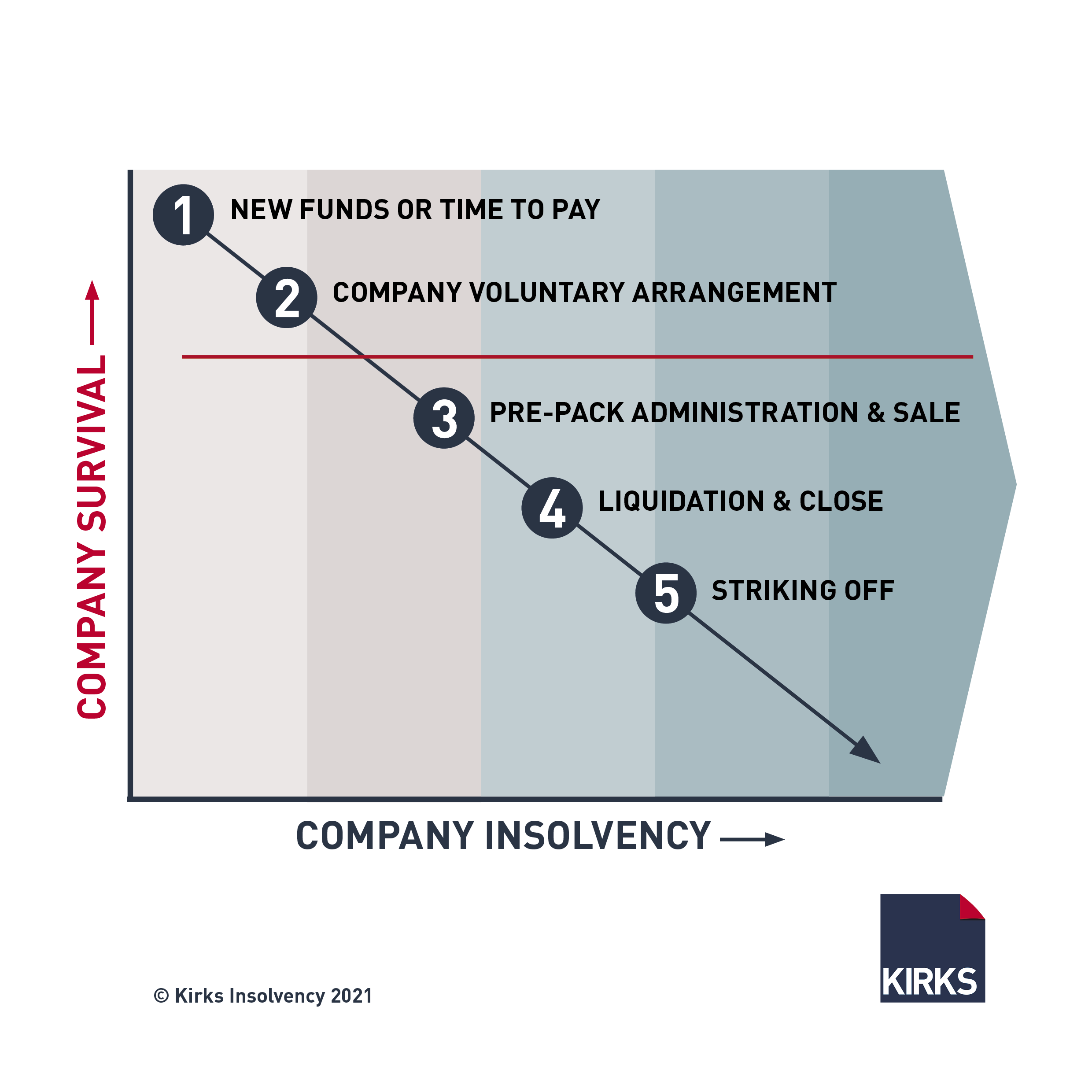6 Simple Techniques For Insolvency Practitioner
6 Simple Techniques For Insolvency Practitioner
Blog Article
Insolvency Practitioner Fundamentals Explained
Table of ContentsSome Known Incorrect Statements About Insolvency Practitioner The Greatest Guide To Insolvency PractitionerWhat Does Insolvency Practitioner Do?The Ultimate Guide To Insolvency PractitionerThe Of Insolvency PractitionerSome Known Questions About Insolvency Practitioner.Getting My Insolvency Practitioner To Work
Insurance coverage is monitored and controlled by state insurance policy divisions, and one of their main purposes is securing insurance policy holders from the danger of a company in financial distress. When a company gets in a duration of monetary difficulty and is not able to satisfy its responsibilities, the insurance policy commissioner in the firm's home state initiates a processdictated by the legislations of the statewhereby efforts are made to aid the company regain its monetary footing.If it is established that the firm can not be fixed up, the firm is proclaimed insolvent, and the commissioner will ask the state court to purchase the liquidation of the firm. The insurance commissioner, either assigned by the governor or chosen, heads the state insurance department and monitors and manages insurance policy task within the state.
By obtaining control of a firm, the commissioner (or the insurance policy department) is, by regulation, the rehabilitator or liquidator of the firm. In this ability, the commissioner or department takes control of the firm's operations. Instead than do so directly, the commissioner may keep a special deputy receiver to monitor the business's tasks.
4 Simple Techniques For Insolvency Practitioner
The receiver supervises an accounting of the business's possessions and responsibilities and provides the estate of the business. In doing so, the receiver looks for to make the most of the company's possessions, move them to cash, and after that distribute that cash money to lenders having valid claims against the insurance firm according to settlement top priorities defined by state law (in all states, insurance holders are priority claimants whose insurance claims are paid before those of basic creditors).
All insurance firms (with restricted exemptions) licensed to market life or medical insurance or annuities in a state must be participants of that state's guaranty organization. The guaranty association works together with the commissioner and the receiver in pre-liquidation preparation. As soon as the liquidation is bought, the warranty association provides protection to the company's insurance holders that are state residents (approximately the levels specified by state lawssee below; any kind of advantage amounts over the warranty asociation advantage degrees end up being insurance claims versus the business's continuing to be assets).
Insolvency Practitioner Can Be Fun For Anyone
The above coverage levels apply individually for each bankrupt insurance company. [Back] When an insurance company fails and there is a deficiency of funds required to satisfy the responsibilities to insurance holders, state warranty organizations are activated. Warranty associations have two major resources of funding when supplying protection to insurance policy holders. Warranty organizations have subrogation rights to a proportionate share of the assets remaining in the failed insurance company.
Second, insurance companies doing business in that state are examined a share of the quantity called for to meet the portion of the guaranty organizations' protected insurance claims not otherwise moneyed with estate assets. The quantity insurers are examined is based on the amount of costs that they gather because state. [Back] The National Organization of Life and Health And Wellness Insurance Policy Guaranty Associations (NOLHGA) is composed of the life and medical insurance guaranty organizations of all 50 states and the Area of Columbia.
NOLHGA establishes a job pressure of representative warranty organizations to work with the insurance policy commissioner to develop a strategy to secure insurance holders. For more information on NOLHGA's role at the same time, see "What Is NOLHGA?" and "The Safeguard at Work." [Back]
The Ultimate Guide To Insolvency Practitioner

Predictive defense by aiding you select the ideal customers and the best markets to prevent uncollectable bill to begin with, many thanks to intense financial analysis. In-depth market knowledge, supplying you with 360-degree presence on service industries and putting in jeopardy problems. It would certainly be a simplification to think a profession debt insurance policy starts and ends with costs and pay-outs.

The Only Guide to Insolvency Practitioner
It can bring about task losses, property sales, and even personal bankruptcy. It is vital to recognize just how corporate insolvency jobs and how it can affect your company. Why does a business become part of bankruptcy? There are a variety of reasons why a company may participate in insolvency. One of the most common reason is that the firm is not able to pay its financial obligations as they fall due.
Other reasons for bankruptcy include scams, mismanagement, and unexpected expenses. When a business becomes bankrupt, its properties are utilized to pay off its debts. This can have a major influence on business, as it may no much longer be able to continue operating. Insolvency can also lead to job losses and the closure of companies.
A Biased View of Insolvency Practitioner
The firm might be compelled to market assets, lay off team or also shut down. Financial institutions may be left out of pocket and the firm's shareholders may see their financial investment vanish.
This can happen for a number of factors, consisting of bad economic administration, unanticipated expenses, or a change in the marketplace. If a firm is financially troubled, it might be required to close down or liquidate assets to pay financial institutions. This can have a major influence on business, workers, and shareholders.
It can lead to task losses, property sales, and even insolvency. It is very important to understand exactly how business bankruptcy works and just how it can influence your company. Why does a firm get in into bankruptcy? There are a number of reasons a firm may participate in insolvency. One of the most usual reason is that the business is not able to pay its debts as they drop due.
The Insolvency Practitioner Statements
Various other factors for bankruptcy include fraudulence, basics mismanagement, and unexpected prices. When a business becomes insolvent, its possessions are used to settle its financial obligations - Insolvency Practitioner. This can have a significant effect on the service, as it might no longer have the ability to continue operating. Bankruptcy can likewise lead to task losses and the closure of services.
This can have serious implications for the business, its stakeholders, lenders and the economic climate. The firm might be compelled to offer properties, gave up personnel or also shut down. This can have a knock-on result on the local area and the economy as a whole. Lenders may be omitted of pocket and the business's investors might see their financial investment disappear.
Report this page